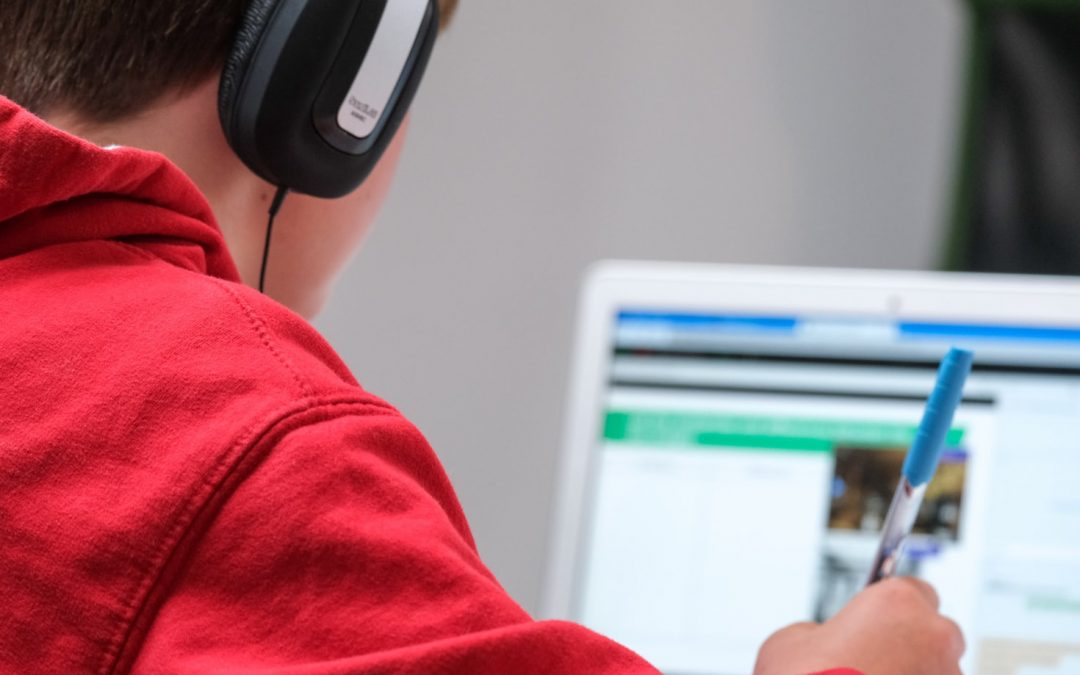When students left their classrooms for virtual learning from home, it was more problematic for teachers to detect learning problems, leaving students and parents to fill in the gaps.
That’s why it’s not surprising that students’ test scores have dropped, said Dr. Taylor Raney, director of teacher education at the University of Idaho.
“I bet if everyone had to be their own doctor, life expectancies would go down,” Raney said. “If everyone had to be their own mechanic, vehicle longevity rates would decrease.”
Teachers lost their ability to work one-on-one with students and adequately monitor academic progress, said Lisa Laurier, department chair and professor of education at Whitworth University. This made it harder to catch what concepts students were struggling with before they took standardized tests.
“Kids will cement or make permanent misunderstandings or confusions if they’re not caught properly,” Laurier said.
In order to get students caught up with what they missed online, schools should focus on reading, writing and math , even at the expense of other subjects, Laurier said.
“If your reading and writing in particular are low, it impacts you in social studies and science and everything else,” she said.
While test scores have dropped across the board, Laurier said that students from low-income households have struggled the most. Lack of access to school supplies like paper and pencils made it difficult for children to learn at home, she said.
“The gap between lower income and higher income is significant and noticeable, and it always has been, but I think that the COVID situation exacerbated it,” Laurier said.
Although a small percentage of students thrived in virtual learning environments, in-person learning would help most children, she said.
Students’ mental health has also taken a hit, which can hurt academic progress. Increased access to mental health resources could help get test scores up, Laurier said.
“Academic achievement is always, to some extent, going to be a reflection of how you’re functioning holistically,” Laurier said.
Raney said getting students to where they would have been academically had they stayed in school won’t happen overnight.
“The ‘summer slide’ is a real thing, so a COVID slide is certainly probable and, just like when teachers have to take a few steps back with students in the fall before they can move forward, they’re doing the same now with students who have had even longer than a summer to slide back,” Raney said.
However, parents and guardians shouldn’t panic, Laurier said.
“Whether you’re dealing with preschool all the way to college or university, they’re all grappling with it together and they’re all prepared to accommodate and to flex and to be responsive together, so your children are going to be okay,” Laurier said.

